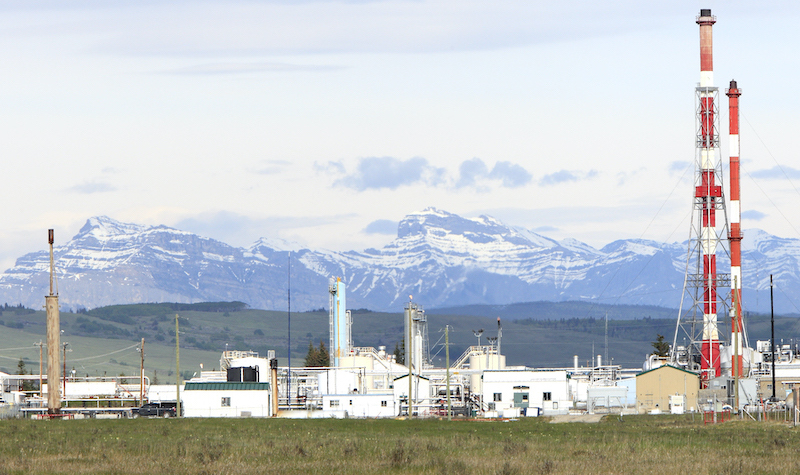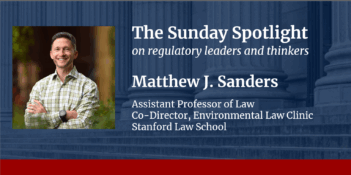
Scholar argues that fossil fuel leases on public lands should reflect the external costs of production.
When he campaigned for President in 2016, Donald J. Trump advocated “making America wealthy again” by opening up federal lands for energy development. “It’s all upside: more jobs, more revenues, more wealth, higher wages, and lower energy prices,” he declared.
But increasing fossil fuel development on public lands also came with downsides, according to New York University law professor, Jayni Foley Hein. In an article published in 2018, she argues that the federal government sets prices too low for fossil fuel leases on public lands. She says that the prices private developers pay to extract fossil fuels from public lands do not reflect the external harms of fossil fuel production, such as greenhouse gas emissions.
The U.S. Department of the Interior manages oil, gas, and coal development on 260 million surface acres and 700 million subsurface acres of public lands. As part of its management strategy, the Interior Department sells leases that entitle private parties to extract oil and gas from almost 26 million acres and coal from about another 460,000 acres.
Hein argues that the Interior Department needs to increase the prices charged for federal fossil fuel leases because they do not account for externalities—“negative spillover effects that affect the welfare of others.” She explains that producing and transporting fossil fuel causes methane, carbon dioxide, and particulate matter emissions, as well as wildlife habitat destruction and waterway pollution. But the Interior Department does not account for any of these harms when pricing and selling its leases.
To calculate the external costs of production, Hein encourages the Interior Department to follow other federal agencies, such as the U.S. Environmental Protection Agency (EPA), which have used the social cost of carbon and social cost of methane to quantify the economic injury caused by incremental growth in carbon dioxide and methane emissions in a given year. Hein proposes the Interior Department similarly use these economic tools to make policy decisions that account for the social costs that result from fossil fuel development.
Although Hein concedes that a full benefit-cost analysis of federal leasing programs will have its limitations, such as the difficulty of designating monetized values to benefits and costs that are not inherently economic, she points out that the Interior Department has successfully used this type of analysis to make decisions about offshore oil and gas leasing.
Before offering leases for offshore energy development, the Interior Department conducts a benefit-cost analysis that accounts for production externalities. First, the department calculates the market value of the oil and gas minus any production and transportation costs. The department then subtracts the environmental and social costs of development—as calculated using the social cost of carbon—from the net economic value.
Hein recommends the Interior Department similarly quantify the externalities of oil and gas extraction from public lands when making leasing decisions. Such analysis, she suggests, will require the Interior Department to increase royalty rates for coal, oil, and gas.
Currently, royalty payments—the prices the government charges that are based on the value of oil, gas, or coal extracted by a leaseholder—make up 80 percent of the revenue that the United States earns from fossil fuel leases. The Interior Department keeps the fossil fuel royalty rate at 12.5 percent, which is the lowest permitted rate as set by a 1920 statute.
A higher royalty rate, Hein contends, “can function as a type of tax levied on an activity that generates negative externalities.” To determine royalty rates, the Interior Department should focus on production-related externalities, which are within the department’s authority.
As an additional benefit, Hein explains, a higher royalty rate would likely reduce fossil fuel development on land where the monetary and environmental costs of production would exceed the prospective benefits. By making it more expensive to produce fossil fuels, the Interior Department could increase the federal government’s revenue while reducing the negative externalities of production.
Higher royalty rates that aim to maximize social net benefits are “consistent with the Interior Department’s legal obligations” to safeguard the public welfare and meet the American people’s present and future needs, Hein contends. The agency cannot meet that mandate without accounting for externalities.
Hein emphasizes that fossil fuels on public lands ultimately belong to U.S. taxpayers. It is time, she claims, for the Interior Department to give taxpayers a fair return for their resources.



